14 Amazing Benefits Of Taro Root And Its Nutritional Profile
Starchy, nutty, and packed with fiber - this healthy root has captured hearts worldwide.
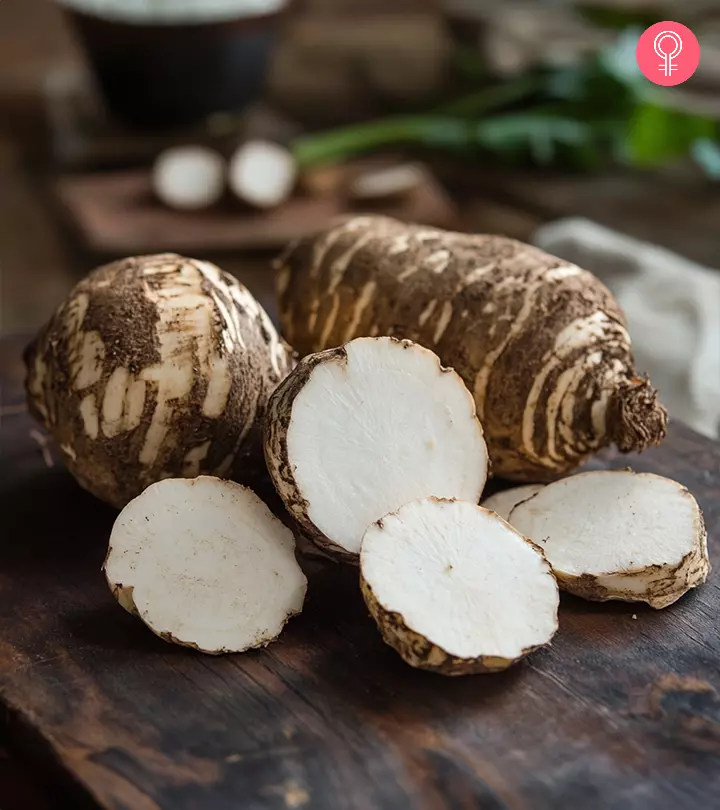
Image: Midjourney/ StyleCraze Design Team
Taro root (popularly known as arbi) is a widely grown species in the group of tropical perennial plants known as elephant ears. It is a root vegetable that is generally eaten as a side dish or in a curry. It originates in India and Malaysia and grows in both dry and wet places (1). Taro root’s benefits are gaining the attention of many health enthusiasts. The leaves of this plant are also used in cooking for their unique nutty flavor. But caution is advised while peeling this vegetable as it may cause skin irritation and itching.
 Know Your Ingredient: Taro Root
Know Your Ingredient: Taro RootWhat Is It?
A root vegetable with a nutty flavor.
What Are Its Benefits?
It helps with fatigue, weight loss, and hypertension and boosts immunity, the digestive process, and heart health.
Who Can Use It?
In general, anyone can eat it except when having gastric issues.
How Often?
A cup of taro can provide about a third of your daily required manganese intake.
Caution
Always cook it before consuming it, as the calcium oxalate content in it is toxic. It may cause rash, hives, or itching after consumption.
Keep reading to learn more about this vegetable and its benefits!
In This Article
Taro Root Benefits
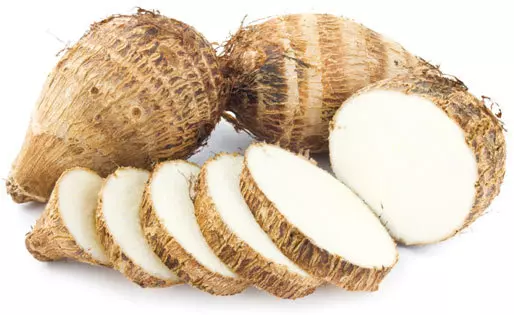
Let us look at the top 14 benefits of taro root vegetable:
1. Reduces Fatigue

Taro root is mainly consumed by athletes for long lasting energy. This is because it contains a low glycemic index which is good for athletes.
2. Weight Loss
Taro roots can prove to be very beneficial for the ones who want to lose weight, since this has very low caloric content.
One cup of cooked taro can give you 187 calories (2).
3. Digestion

This root contains a good amount of fiber that is useful for the digestive process. This gives you a feeling of being full for a longer time even after a small meal. Thus, eating taro roots can be useful to lose pounds and maintain your weight, since it has low calories and high fiber (3). If you are looking for more fiber-rich options, you may also explore burdock roots, as they are quite rich in terms of fiber. Here, knowing burdock root benefits will help you make an excellent choice for a wholesome diet.

4. Clears Stomach
Foods that contain high amounts of fiber are also known to boost the digestive process. This helps to eliminate the wastes from the body and prevent re-occurrence.
5. Heart Health

One cup of taro root has 0.1g fat and cholesterol, which helps to prevent hardening of the arteries. You can consume it several times without worrying about gaining weight or other health problems related to fatty foods like heart or kidney diseases. Taro roots can give 19% of the daily required Vitamin E that is required to prevent the risks of a heart attack.
6. Hypertension
Hypertension or high blood pressure is mostly observed in the mid aged group of individuals which can be kept in control by consuming foods that are low in fat and sodium. One cup of taro gives only 20 mg of sodium that helps to maintain kidney problems and fluid retention.
7. Antioxidant
Taro is one of the best sources of Vitamin C, since one cup of taro can give 11% of your daily requirement of Vitamin C.
This acts as an antioxidant to remove toxins from your body and detoxifies it (4).
8. Immunity
Vitamin C in taro is useful in regenerative functions and boosts the immunity of the body.
 Trivia
Trivia9. Low Glycemic Index Food

Taro root has a Low Glycemic Index (6). This helps to break down glucose in the liver slowly and aids in weight loss and lowers blood sugar. This is also useful for hypoglycaemia as this provides long lasting energy.
10. Aging Process
This is a very nutritious food that contains many Vitamins – A, C, B, minerals like copper, manganese, zinc, magnesium, calcium, iron, selenium, potassium, beta-carotene and cryptoxanthin. All these are good antioxidants that are useful to protect against diseases and slow down the aging process. This also contains protein and is gluten-free, cholesterol-free and low in sodium too.
 Fun Fact
Fun Fact11. Cancer
Taro is very high in Vitamin A that has more than 160% of your daily requirement of Vitamin A. The leaves and roots of taro contain polyphenols which are great antioxidants to protect even from cancer (7).
12. Muscle Health
Taro contains Vitamin E and magnesium that can protect you from cancer and heart disease (8). This also helps to maintain your blood pressure and is helpful for fluid regulation. Taro roots contain magnesium which is vital for muscle, bone and nerve health.
13. Amino Acids and Omega-3 Oils
Taro root has more than 17 different amino acids that are essential to maintain good health (9). This also has Omega 3 and 6 oils which are required for maintaining cardiovascular health, cancer prevention, and other diseases.
14. Cooking
Taro roots and leaves both have great flavors. They can be cooked and impart a nutty flavor, whereas the leaves taste like cabbage. Taro roots are used to prepare curries, fried for chips, cakes, roasted, boiled, steamed, pureed etc.
Yogi Cameron, a YouTuber, and a guest Yogini who frequents his vlogs talk about the benefits of taro root and how they use it in their cooking as a replacement for potatoes. The Yogini says, “ I started using it and potatoes aren’t around much anymore because they totally surpassed the potato with taste, with their benefits, and their medical properties (i).”
 Quick Tip
Quick TipNow you know how taro benefits your health, let’s look into its nutrition data.
Key Takeaways
- Taro (Colocasia esculenta), also called elephant ears, elephant yam, cocoyam, kalo, gabi, malanga, satoimo, eddo, or dasheen, is a root vegetable mostly utilized in international cuisines.
- Nutrients like dietary fiber, potassium, phosphorus, and vitamin C are present in taro.
- Consuming taro improves digestive health, increases immunity, and lowers the risk of developing chronic diseases, among other health advantages.
- Taro is very beneficial for those trying to reduce weight because it is low in calories and fat.
- Taro enhances intestinal health, lowers blood sugar levels, and avoids constipation.
- Taro reduces blood pressure, increases cholesterol levels, and lowers the risk of heart disease.
Taro Root Nutrition Facts
Taro root is like a superfood! It is low in calories but packed with the goodness of vitamins and minerals. Adding it to your diet is a great way to get more nutrients and stay healthy. Here is its nutritional profile.
Taro Root Nutrition Facts
| Principle | Nutrient Value | Percentage of RDA |
| Energy | 112 Kcal | 6% |
| Carbohydrates | 26.46 g | 20% |
| Protein | 1.50 g | 3% |
| Total Fat | 0.20 g | |
| Cholesterol | 0 mg | 0% |
| Dietary Fiber | 4.1 g | 11% |
| Vitamins | ||
| Folates | 22 µg | 5.5% |
| Niacin | 0.600 mg | 4% |
| Pantothenic acid | 0.303 mg | 6% |
| Pyridoxine | 0.283 mg | 23% |
| Riboflavin | 0.025 mg | 2% |
| Thiamin | 0.095 mg | 8% |
| Vitamin A | 76 IU | 2.5% |
| Vitamin C | 4.5 mg | 7% |
| Vitamin E | 2.38 mg | 20% |
| Vitamin K | 1 µg | 1% |
| Electrolytes | ||
| Sodium | 11 mg | |
| Potassium | 591 mg | 12.5% |
| Minerals | ||
| Calcium | 43 mg | 4% |
| Copper | 0.172 mg | 19% |
| Iron | 0.55 mg | 7% |
| Magnesium | 33 mg | 8% |
| Manganese | 0.383 mg | 1.5% |
| Selenium | 0.7 µg | 1% |
| Zinc | 0.23 mg | 2% |
| Phyto-nutrients | ||
| Carotene-ß | 35 µg | — |
| Carotene-α | 0 µg | — |
| Cryptoxanthin-ß | 20 µg | — |
| Lutein-zeaxanthin | 0 µg | — |
Taro root is not just good for you; it is also delicious! You can use it in so many different dishes. It has a nutty flavor and a creamy texture that is perfect for all kinds of recipes. Let’s explore this in the next section.
Culinary Uses Of Taro Root
Taro root has a neutral taste and can be easily steamed or mashed, making it an ideal base for various recipes. Consider using taro in soups or purées for added nutrition and flavor. Here are some ways to have taro root:
- Boiled and mashed taro can give soups and stews a hearty and creamy texture.
- It is an ideal potato substitute. You can pound and mash it, and season it with butter, salt, and pepper, similar to mashed potatoes.
- Deep-fried or baked taro slices make for crispy and delicious chips, making your snack time healthy and savory.
- You can use it to make dumplings or gnocchi, which can be served with various sauces.
- You can also make desserts such as cakes, puddings, and ice cream with it. If you love boba tea, you’d be delighted to know that you can also make taro pearl milk with taro powder.
Keep scrolling to check out a simple yet yummy recipe listed below.
Taro Root Recipe
Taro Root Masala Fry

Ingredients
- 250 grams of taro root, sliced
- 2 tablespoons of cooking oil
- ½ teaspoon of mustard seeds
- ½ teaspoon of cumin seeds
- 1 teaspoon of coriander powder
- ½ teaspoon of cumin powder
- ½ teaspoon of turmeric powder
- ½ teaspoon of chili powder
- ½ teaspoon of garam masala
- 2-3 coriander sprigs for garnish
- Salt, to taste
How To Prepare
- Heat up the oil in a frying pan on medium heat.
- Add the cumin and mustard seeds, letting them heat up until they splutter.
- Add the sliced taro root and salt and stir. Let it cook for 2-3 minutes.
- Add the powdered coriander, cumin, turmeric, and chili, mixing well until the taro root is coated with them uniformly.
- Add some water if the taro root starts sticking to the pan, and keep frying for 20 minutes until well-cooked.
- Sprinkle garam masala and cook for another 2-3 minutes.
- Garnish with chopped coriander and serve.
Infographic: Top Reasons To Have Taro Root
The great nutritious richness of taro root makes it a pantry staple. It also serves as a good substitute for fellow underground vegetables (like the potato). While the aforementioned article highlighted all the benefits of having this wonderful root, we’ve selected some of the important ones here. Check out the infographic below to learn more about the top health benefits taro root offers.
Some thing wrong with infographic shortcode. please verify shortcode syntax
Taro root is popular because of its unique nutty flavor. It is used in many delicacies worldwide like taro milk tea, taro chips, poi, etc., and is loaded with beneficial nutrients. Taro root can reduce fatigue, aid in weight loss, and improve digestive, heart, and muscle health. It also helps boost immunity, reduce the risk of cancer, and slow down aging thanks to its vitamins A, B, C, and many minerals. In addition, taro root can effectively manage hypertension. It has antioxidant properties and is a low glycemic food. Try including the root in your diet in moderate amounts to reap its many benefits.
Frequently Asked Questions
What is the best way to store taro root?
You can store taro root in a cool, dry place away from sunlight to maintain freshness.
Is taro healthier than potatoes?
Yes, taro is healthier than potatoes. One hundred grams of taro contains more fiber compared to potatoes, which helps improve digestive system functions (9), (10).
Why is taro root toxic?
The leaves and corms of taro are poisonous due to the acrid calcium oxalate in them if consumed raw.
Can taro root cause kidney stones?
Yes, taro root can cause kidney stones. In addition, the presence of oxalates in taro can increase the risk of kidney stone formation (11).
Is taro a superfood?
Taro root is packed with fiber and a wide variety of vitamins and minerals and is considered a superfood.
What happens if you eat raw taro?
Taro roots should never be eaten raw due to the presence of calcium oxalate. It can cause an itchy mouth and throat if consumed raw.
Illustration: Amazing Benefits Of Taro Root And Its Nutritional Profile
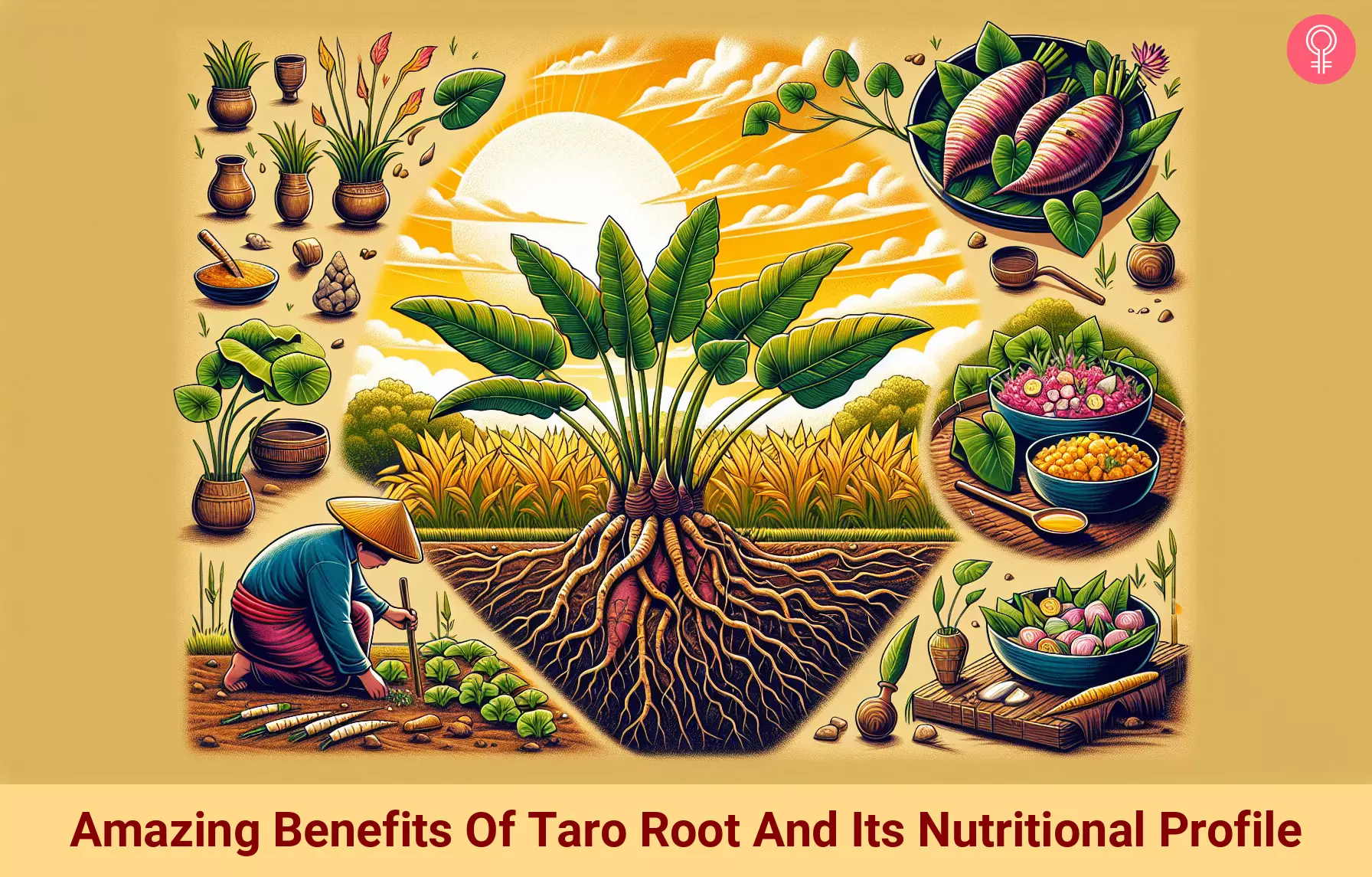
Image: Dall·E/StyleCraze Design Team
Taro root has many amazing benefits and uses. Explore how this nutritious root vegetable can become a versatile ingredient that can be incorporated into a variety of dishes while improving your health.
Personal Experience: Source
StyleCraze's articles are interwoven with authentic personal narratives that provide depth and resonance to our content. Below are the sources of the personal accounts referenced in this article.
i. Taro root – the perfect potato substitutehttps://www.youtube.com/watch?v=P3MjG6GOogc
Read full bio of Nilofar Pendhari
Read full bio of Tanya Choudhary
Read full bio of Ravi Teja Tadimalla
Read full bio of Moksha Gandhi





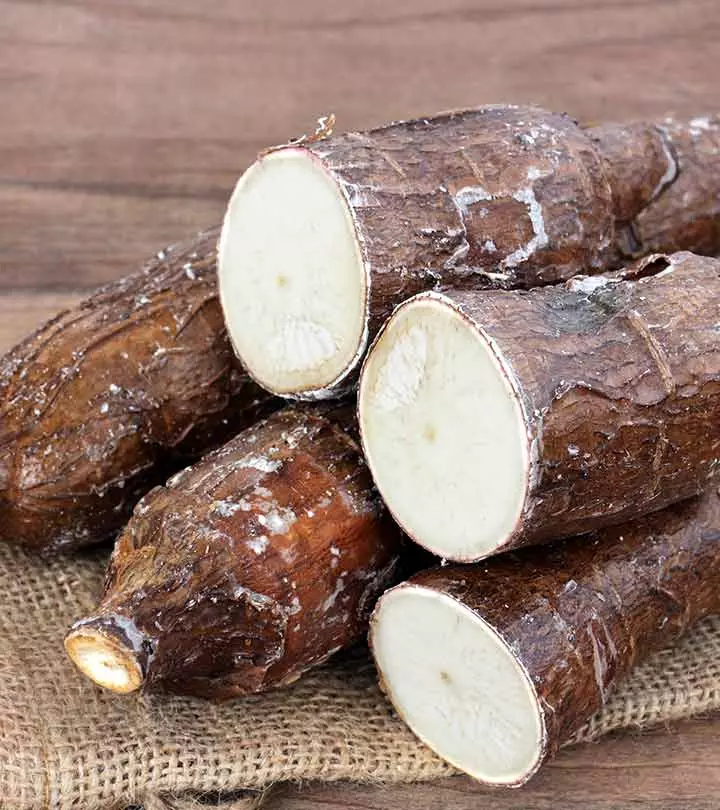
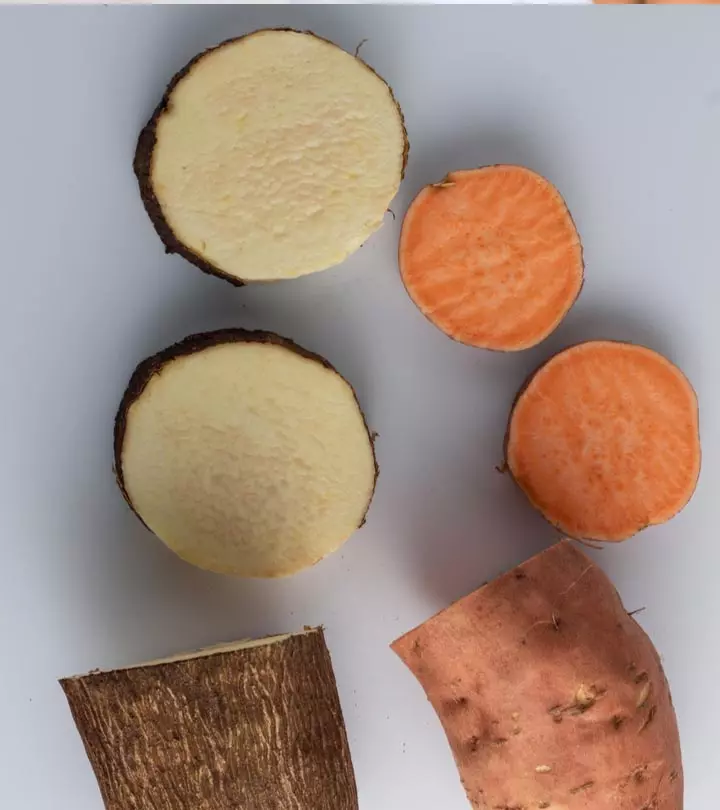

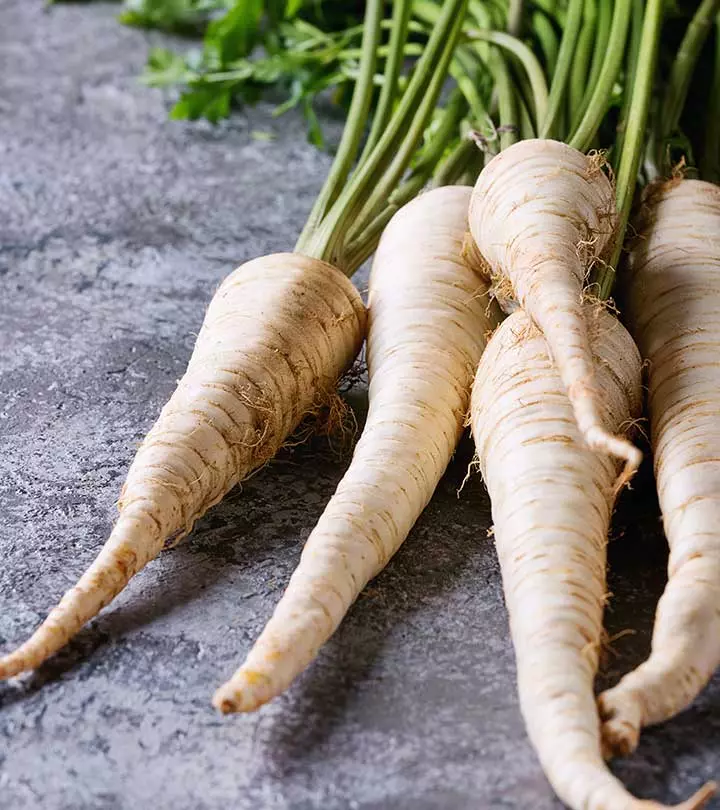
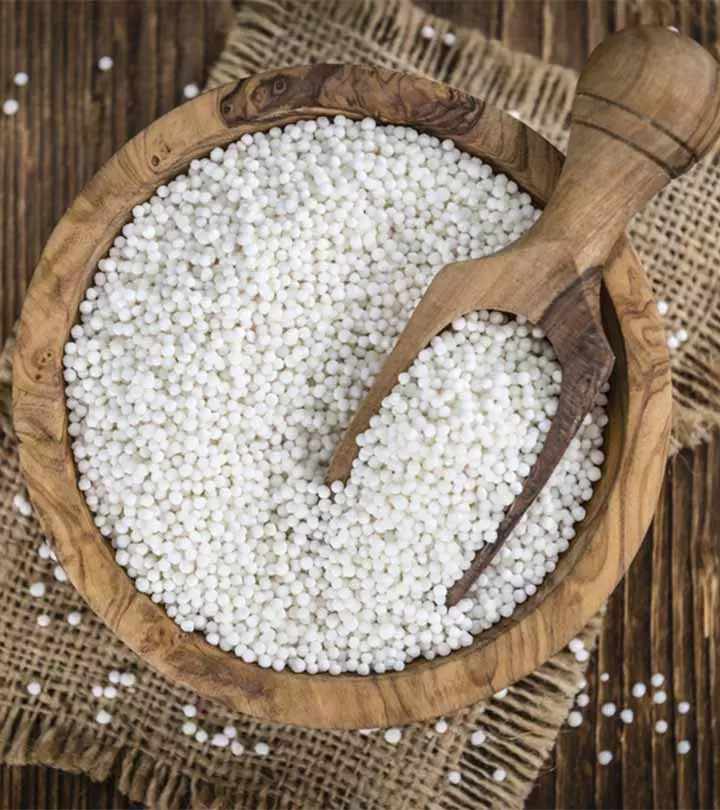

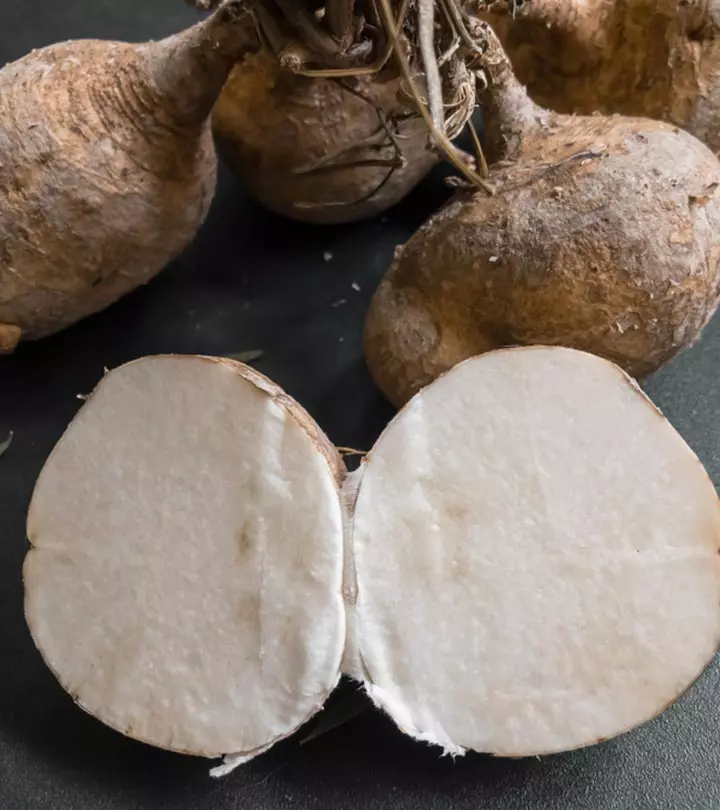

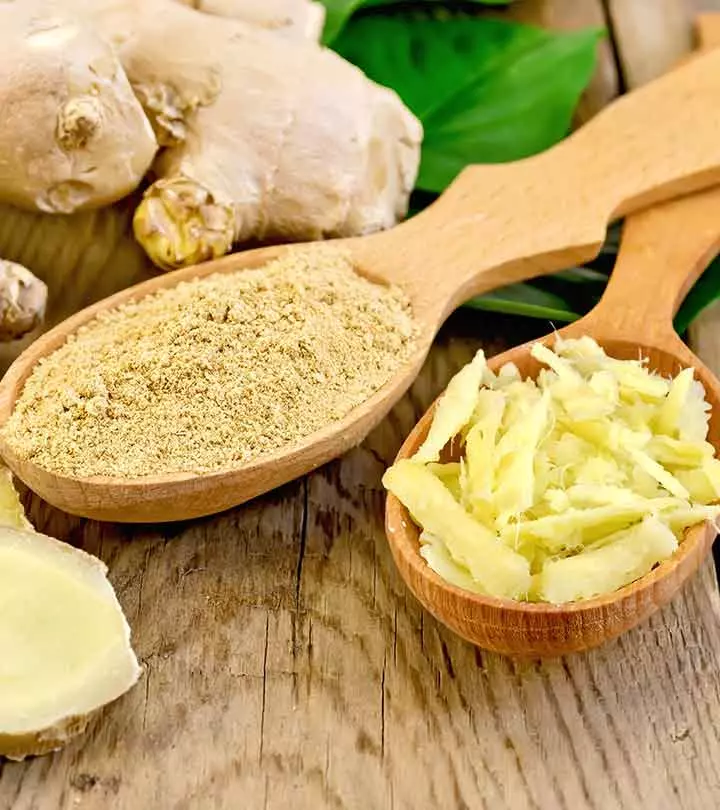


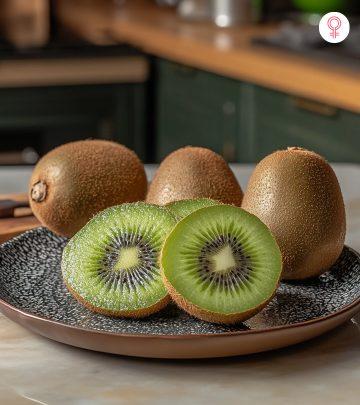
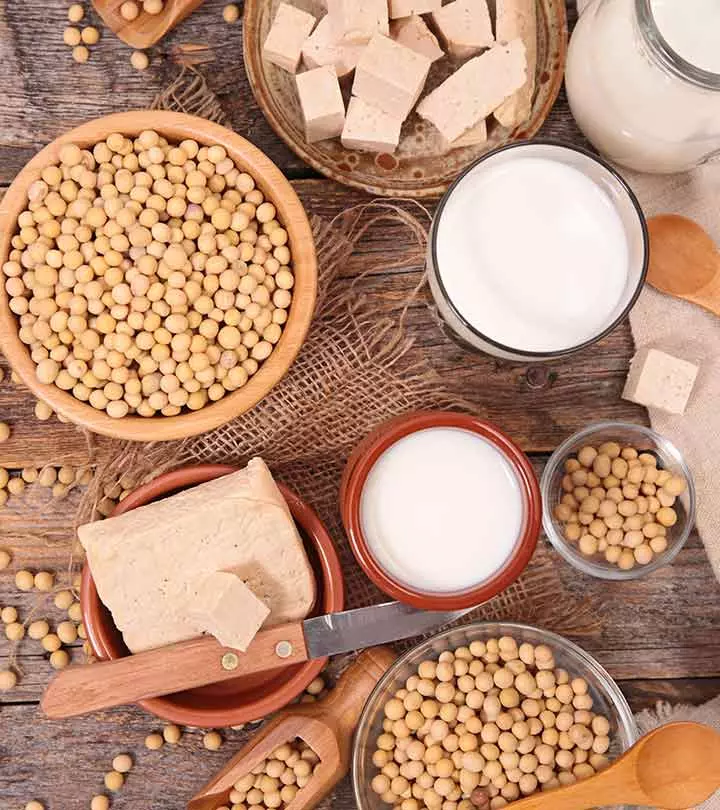
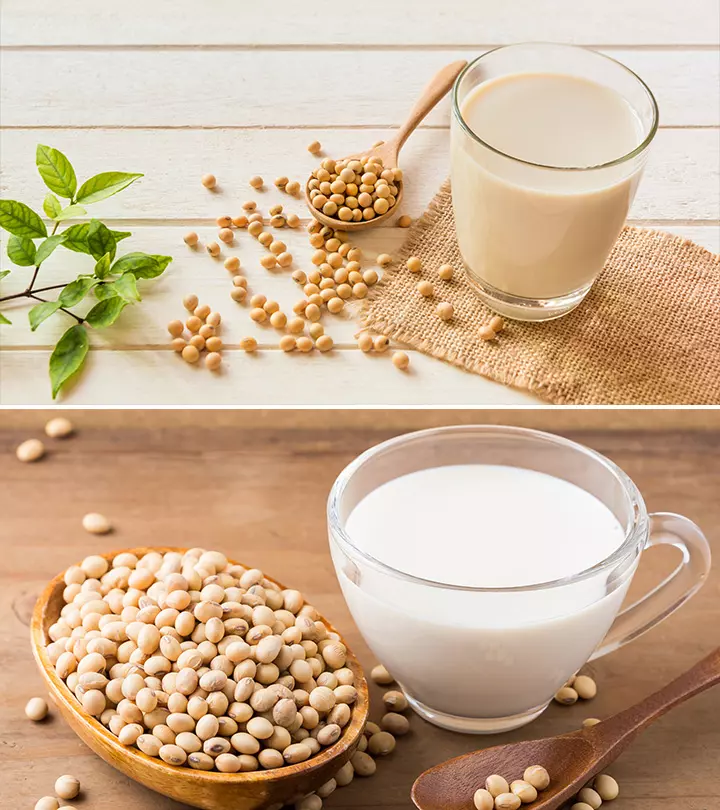



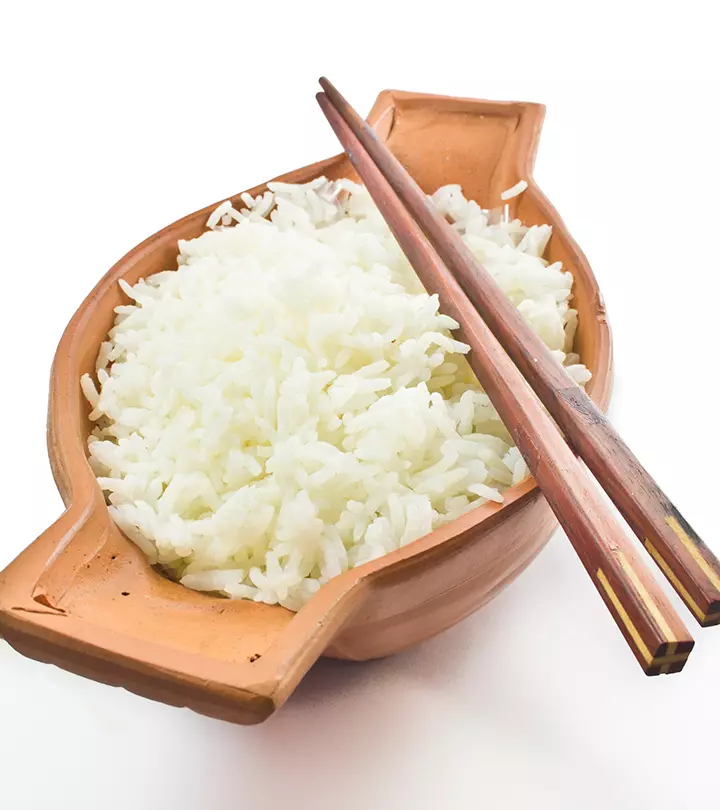

Community Experiences
Join the conversation and become a part of our empowering community! Share your stories, experiences, and insights to connect with other beauty, lifestyle, and health enthusiasts.